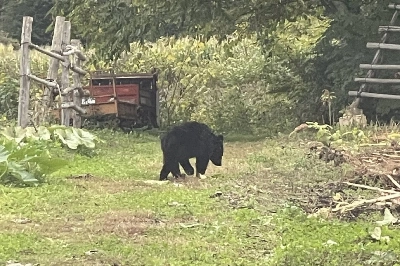In releasing the newly revised Red List, a list that evaluates extinction risks of each individual species, on Aug. 28, the Environment Ministry announced that the Japanese river otter has become extinct. This is the first time that a mammal which was living during the Showa Era (1926-1989) has been declared extinct. The river otter was last spotted in 1979 in Susaki, Kochi Prefecture. The ministry also announced that the Japanese black bear in Kyushu has become extinct. The last bear in the region was caught in 1957. The report means that Japan has lost two mammals important to its ecosystem. Pollution was not solely responsible for the extinction of the Japanese river otter, hunting for furs took its toll as well.
In 1993, the Act for the Conservation of Endangered Species of Wild Fauna and Flora went into force. But clearly Japan is lagging in measures to protect and increase the population of an endangered species. The possibility cannot be ruled out that the number of extinct species will increase, although there are a few examples where conservation efforts have increased endangered species populations. The government should consider drastically changing the law and improving measures to protect endangered species to maintain Japan's biodiversity.
Under the law, agents assigned to protect endangered species, including the Environment Ministry, are not given the needed authority to provide adequate protection for species under threat. The law also fails to cover oceanic fish and mammals, such as whales.

















With your current subscription plan you can comment on stories. However, before writing your first comment, please create a display name in the Profile section of your subscriber account page.